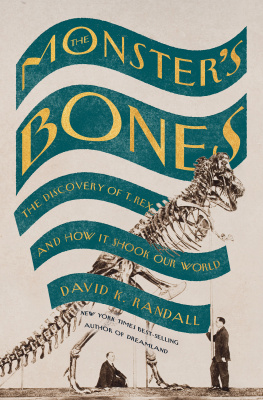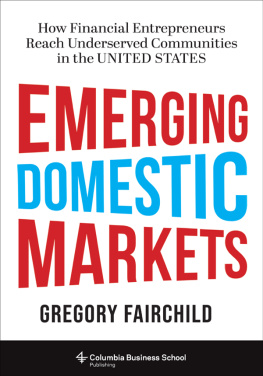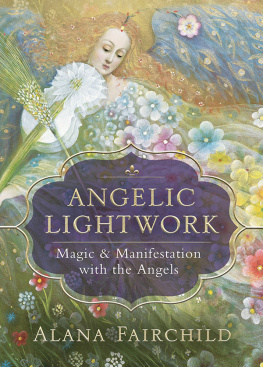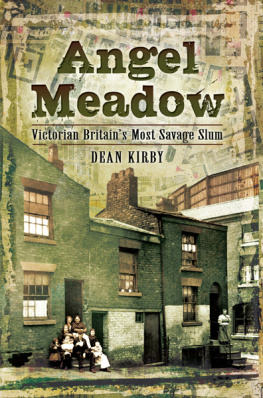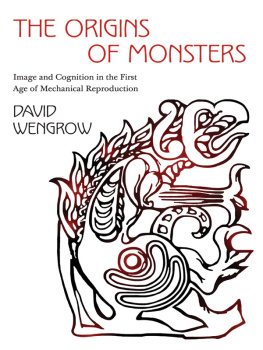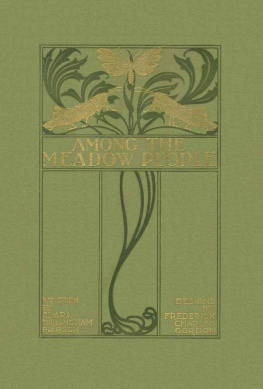Table of Contents

The Project Gutenberg eBook, Book of Monsters, by David Fairchild and Marian Hubbard (Bell) Fairchild
This eBook is for the use of anyone anywhere at no cost and with almost no restrictions whatsoever. You may copy it, give it away or re-use it under the terms of the Project Gutenberg License included
with this eBook or online at www.gutenberg.org
Title: Book of Monsters
Author: David Fairchild and Marian Hubbard (Bell) Fairchild Release Date: June 18, 2012 [eBook #40035]
Language: English
Character set encoding: ISO-8859-1
***START OF THE PROJECT GUTENBERG EBOOK BOOK OF
MONSTERS***
E-text prepared by Bryan Ness
and the Online Distributed Proofreading Team
(http://www.pgdp.net)
from page images generously made available byInternet Archive/American Libraries
(http://archive.org/details/americana) Note: Images of the original pages are available through Internet Archive/American Libraries. See
http://archive.org/details/bookofmonsters00smfair
BOOK OF MONSTERS
BY
DAVID AND MARIAN FAIRCHILD
PORTRAITS AND BIOGRAPHIES OF A FEW OF THE
INHABITANTS OF WOODLAND AND MEADOW
WASHINGTON
NATIONAL GEOGRAPHIC SOCIETY
1914
C
N
G
S
1914
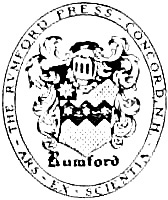
CONTENTS
THE SPIDER WORLD.
THE INSECT WORLD.
S
-W
I
( Orthoptera).
O
B
( Hemiptera).
T
B
( Coleoptera).
T
-W
I
( Diptera).
F
I
( Lepidoptera).
N
-W
I
( Neuroptera).
T
S
I
( Hymenoptera).
THE WORLD OF MYRIAPODS AND A SINGLE LAND
CRUSTACEAN.
BOOK OF MONSTERS
The pictures in this book are portraits of creatures which are as much the real inhabitants of the world as we are, and have all the rights of ownership that we have, but, because their own struggle for existence so often crosses ours, many of them are our enemies.
Indeed, mans own real struggle for the supremacy of the world is his struggle to control these tiny monsters.
The plague of the middle ages, which spread like some mysterious supernatural curse over Europe and carried off millions of people, the yellow fever that has haunted the coasts of South America, the malaria which has strewn the tropics of the world with millions of graves, have been caused by the activities of two of these monsters so universally present in our homes as to have become almost domesticated creatures, the flea and the mosquito. During these last two decades these have come under our control, and the flies which leave a colony of germs at every footstep will not much longer be tolerated, indeed, every creature that bites and sucks our blood or that crawls over our food and dishes has been placed under suspicion.
Man struggles against these tiny monsters not only for his life and health but for his food as well. Almost every cultivated plant has its enemy, and some of them have many. The bugs alone which stick their beaks into all sorts of plants to suck their juices would starve man out in one or two brief seasons if they in turn were not held in check by enemies of their own. The chinch bug alone has demonstrated his power to devastate the wheat fields. The bark beetles that girdle square miles of forest trees, the moths that destroy their foliage, the creatures that burrow into the fruit and fruit trees, the gall-forming flies that form galls on the roots of the grape vines able to destroy the revenues of a whole country, the beetle which strips the potato of its leaves, the one which infects with its dirty jaws the melon vines of the South and turns the melon patches brownthese are a few of the vast array of our enemies. It would
require a book much larger than this one just to enumerate those well known.
It should make every American proud to know that it is the American economic entomologist who has, more than any other, pushed his way into this field and shown mankind how to fight these monsters which destroy his food, his animals and himself.
But all these fascinating little creatures are not our enemies. We must not forget that man has domesticated certain of the insects and that gigantic industries depend upon them for their existence.
The honey-bee furnished mankind with sweets during the generations preceding the discovery of the sugar cane, and the silk worm furnishes still the most costly raiment with which we clothe ourselves.
The friends we have in the insect world are those which destroy the pests of our cultivated crops like the Australian lady-bird beetle which has been sent from one country to the other to keep in check the fluted scale which is so injurious to the orange orchards, and the parasites of the gipsy-moth which, in Europe, helps to keep under control this plague of our forest trees, must certainly be counted as our friends.
Also, they are our friends if, like the spiders, they kill such monsters as suck our blood or make our lives unsafe, or, like the great hordes of wasps and hornets, wage unending warfare against the flies but which, because they attack us personally if we come too near their nests, we kill on sight. Strangely enough, it is often these same stinging insects which help us by fertilizing the blossoms of our fruit trees. Indeed many plants are so dependent on these little creatures that they have lost the power of self-fertilizing and thousands of species of trees and plants would become extinct in a generation without their friendly aid.
The ancestors of some of the creatures pictured in this book were buried in the transparent amber of the Baltic many thousands of years ago and the fossil remains of others date back a million years
or more, but while man has been developing his surroundings from the primitive ones of savagery to the almost inconceivably complicated ones of civilized life, these creatures, most of them at least, seem to be leading essentially the same kind of lives that they led hundreds of thousands of years ago.
They have powers which neither man nor any other mammal ever dreamed of having.
Some have powers of flight which enable them to sail a thousand miles before the wind. Others can jump a hundred times their own length. One of these monsters can manufacture a liquid rope as easily as mammals produce milk and with it weave aerial nets to trap their prey or, by attaching it, can drop from the dizziest heights without danger, and when the rope has served its purpose they eat it up.
Their weapons of defense are comparable to the deadly ones that only poisonous serpents have. If they were larger they would be, in fact, what legend pictures the dragons to have been.
The unthinkably old germ plasm of these species produces creatures which act with a precision of purpose and a degree of absolute self-sacrifice which cannot fail to stagger the most conscientious of the human race. They might even make one wonder whether the fulfillment of biological life does not consist in sacrifice of the individual for the good of the species to which it belongs.
Certain it is, that human thought is now drifting away from the consideration of the individual and is coming to pay more attention to the species and the things which affect its development. This is a picture book produced in the playtime hours of two busy people. It is a collection of actual photographs of a few of the small-sized monsters which inhabit the tall grass, the flower garden and vegetable garden, the pines and oaks of a place in the woods of Maryland.



